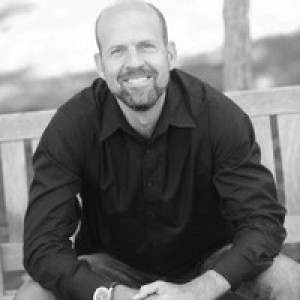- Video Library
- Jonathan Berent Presents NextSense at LSI USA '23
Jonathan Berent Presents NextSense at LSI USA '23

Jonathan Berent
Jonathan "JB" Berent is a visionary leader who is passionate about exploring human consciousness and unlocking its full potential. As the CEO and Founder of NextSense, he has combined his extensive business experience with cutting-edge scientific research to develop innovative biosensing wearables.
Throughout his executive career, JB has managed teams of more than 110 people and overseen budgets of $50M or more at public companies Oracle and Google. However, in 2016, he decided to follow his lifelong passion for exploring the connection between the mind and body and left sales and partnerships to focus on developing brain sensing technologies at X, the moonshot factory.
JB's innovative work has earned him numerous speaking engagements at prestigious universities such as Stanford and UCSF, as well as conferences such as the Chan Zuckerberg BioHub and the Stanford Medicine Big Data Health. In June 2022, he was featured in a long-read cover story in Wired magazine, which highlighted his groundbreaking work in the field of biosensing wearables.
JB graduated with Honors from Stanford University with a Philosophy and Religious Studies degree.
Jonathan Berent
Jonathan "JB" Berent is a visionary leader who is passionate about exploring human consciousness and unlocking its full potential. As the CEO and Founder of NextSense, he has combined his extensive business experience with cutting-edge scientific research to develop innovative biosensing wearables.
Throughout his executive career, JB has managed teams of more than 110 people and overseen budgets of $50M or more at public companies Oracle and Google. However, in 2016, he decided to follow his lifelong passion for exploring the connection between the mind and body and left sales and partnerships to focus on developing brain sensing technologies at X, the moonshot factory.
JB's innovative work has earned him numerous speaking engagements at prestigious universities such as Stanford and UCSF, as well as conferences such as the Chan Zuckerberg BioHub and the Stanford Medicine Big Data Health. In June 2022, he was featured in a long-read cover story in Wired magazine, which highlighted his groundbreaking work in the field of biosensing wearables.
JB graduated with Honors from Stanford University with a Philosophy and Religious Studies degree.

17011 Beach Blvd, Suite 500 Huntington Beach, CA 92647
714-847-3540© 2025 Life Science Intelligence, Inc., All Rights Reserved. | Privacy Policy







